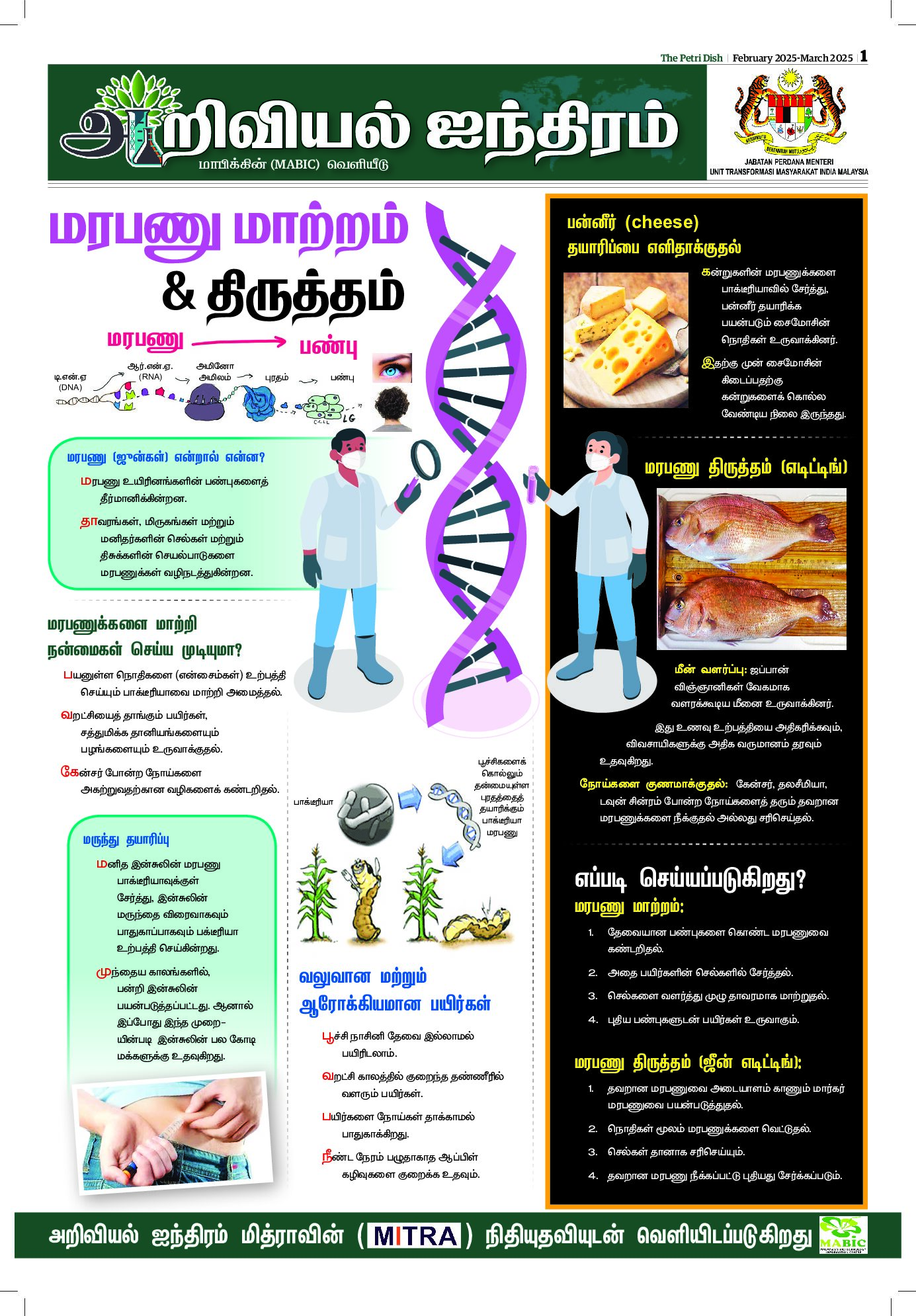Dung beetles are beetles that feed partly or exclusively on faeces (dung). In one night, a dung beetle can carry dung 250 times heavier than itself. After locating a suitable dung pile, the ball-rolling dung beetle cuts off a piece of dung, shapes it into a ball and rolls it away to a distant location for burial and consumption. To avoid returning to their starting point, they maintain a straight path while rolling their ball. And they do this facing backwards with their head pointing towards the ground; a remarkable feat indeed. Even though their eyes are too weak to differentiate individual constellations, dung beetles use the gradient phases from light to dark (Milky Way) to ensure they keep rolling their balls. Before rolling a new ball away, the beetles perform a characteristic ‘dance’ in which they climb on top of the ball and rotate about their vertical axis. To test the star theory, a team of researchers set up a small, enclosed table on the game reserve, place beetles on them, and observe how the insects reacted to different sky conditions. The researchers confirmed that even on clear, moonless nights, the beetles could still navigate their balls in a straight line. To show that the beetles were focusing on the Milky Way, the researchers moved the table into the Johannesburg Planetarium, and found that the beetles could orient equally well under a full starlit sky as when only the Milky Way was present.
Online Subscription













